Automotive Logistics has launched a survey in response to the growing awareness amongst OEMs, tier suppliers and logistics providers of the critical role software plays in managing automotive logistics. The survey explores key challenges in interoperability, visibility and the push toward industry-wide digital solutions.
The Covid-19 pandemic underscored the critical role of inbound supply chains and highlighted the importance of managing outbound finished vehicle logistics (FVL) in uncertain times.
However, despite these pivotal lessons, automotive logistics software is climbing the priority list as stakeholders increasingly recognise that digitalising logistics is essential to modernising operations. Digital tools provide visibility, transparency, cost efficiency and capacity optimisation while helping to reduce emissions – a critical step toward achieving sustainability goals. Ultimately, this modernisation also builds the resiliency required to prepare the sector for that next inevitable “black swan” event that will test the industry again.
A recent survey of Automotive Logistics’ global audience of over 53,000 experts from OEMs, tier suppliers and logistics providers reveals the key insights that follow. For an in-depth look, download the free report.
Software challenges
For survey respondents involved with automotive inbound logistics, challenges were broad, illustrating the complexity of issues facing software users and developers. The main obstacles include legacy systems, limited integration with other IT systems, poor or limited real-time tracking information and issues in data sharing, (see Figure 1). Two key themes emerged from the survey: a strong need for interoperability and an array of challenges that explain why nearly all respondents are seeking software upgrades – insight, which is further explored later in this article.
A broad range of challenges highlights the complexity of issues facing software users and developers in FVL. Limited real-time tracking was the leading software challenge, followed by limited integration with other IT systems, legacy systems and costs, (see Figure 2). Notably, data sharing issues, cyber security concerns and legal barriers to accessing or exchanging data were also significant obstacles. A lack of interoperability emerged as a common theme in FVL.
Once again, the survey revealed the same two primary findings: first, interoperability remains a persistent challenge, and second, the diverse range of issues illustrates why nearly all respondents are seeking to upgrade their FVL software – insight, which is further explored later in this article.
Software objectives
For inbound automotive logistics operators, objectives vary widely, potentially explaining why no single software solution meets all stakeholder needs. While improving efficiency was the top priority, reducing costs and achieving control-tower real-time visibility closely followed, (see Figure 3). As revealed further on, the range of objectives likely explains why many stakeholders rely on in-house or custom designed software.
For FVL operators, the range of objectives was similarly broad, potentially reinforcing why no single software solution suits all stakeholders. Top priorities include optimising capacity management, achieving end-to-end solutions and enhancing efficiency, (see Figure 4). Other key objectives were improving customer service, lowering costs and establishing control-tower real-time visibility. As revealed further on, this diversity of needs likely explains why many FVL operators rely on in-house or custom-designed software – particularly given that FVL is a more specialised application than inbound logistics.
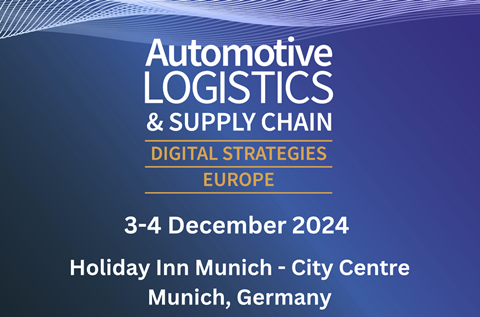
Don’t miss your chance to connect with industry leaders at Automotive Logistics & Supply Chain Digital Strategies Europe conference in Munich. With 89% of automotive stakeholders prioritising software upgrades for improved visibility and efficiency, this event is the perfect opportunity to explore the latest digital advancements and co-create resilient, sustainable supply chains. Join over 150 automotive leaders and 20 expert speakers to gain insights into successful digitalisation strategies and emerging technologies. Secure your place today and be part of the conversation shaping the future of automotive logistics.
Software providers fragmentation is high
For stakeholders in inbound automotive logistics, the number of software providers is highly fragmented. This fragmentation poses significant challenges for interoperability, collaboration and end-to-end visibility. SAP emerged as the leading software provider, but interestingly, closely followed by in-house developed software. Other notable players include Agillence, Blue Yonder, Alpega, Inform, Tecsys and Kinaxis, (see Figure 5). However, beyond those leading players, the market is highly fragmented with numerous other software companies each receiving only a single mention. As a result, almost no two stakeholders are using the same software platform, and as there are no agreed industry-wide data standards or protocols, it is no surprise that achieving interoperability and data transparency remains a significant challenge for automotive inbound logistics.
For outbound automotive FVL stakeholders, the number of software providers is highly fragmented beyond the top three players. This fragmentation poses significant challenges for interoperability, collaboration and end-to-end visibility. Notably, in-house software accounts for 27% of the market (see Figure 6), marking it the leading choice for FVL software – a key distinction from inbound logistic software. This reinforces our view, often echoed by industry experts, that FVL software is more niche and specialised compared to more generic inbound logistics software from mainstream software vendors.
Nonetheless, SAP, Agillence and INFORM featured strongly. However, FVL software remains highly fragmented, with more than half (52%) of the market catered for by a wide range of providers that only got one single mention. Consequently, very few FVL companies use the same software platform, and as there are no agreed industry-wide data standards or protocols, again it is very clear why interoperability and data transparency are proving so challenging for automotive FVL stakeholders.
Approach to upgrading software
The vast majority – 84% – of respondents indicated plans to develop, upgrade or invest in software within the next year. While this suggests some dissatisfaction with current software, it also signals potential movement toward more unified software platforms within the industry.
However, as the full survey reveals, the fragmented nature of the available software remains a challenge in choosing and achieving interoperability with legacy and other stakeholders. Notably, the second most popular choice for upgrades was in-house or custom software (see Figure 7), a concerning trend that may perpetuate the interoperability issues facing industry stakeholders.
An overwhelming 89% of respondents indicated that they plan to develop, upgrade or invest in new software. Once again, this suggests a severe dissatisfaction with their current software.
This widespread intent to invest also presents an opportunity for the industry to migrate to a common standard software platform or provider. However, as the full survey reveals, the highly fragmented nature of the available software remains a challenge in choosing and achieving interoperability with legacy and other stakeholders. When asked what their approach to software upgrades, the top choice was in-house or custom-built solutions, followed by off-the-shelf and adapted software, (see Figure 8). Only 14% planned to adopt third-party software. The preference for in-house or customer software raises concerns, as it risks perpetuating the interoperability issues that continue to hinder collaboration across the industry.
For a deeper look at these trends – broken down by company type, region and the specific challenges facing inbound and outbound logistics operators – download the full 2024 Software Survey Report.






























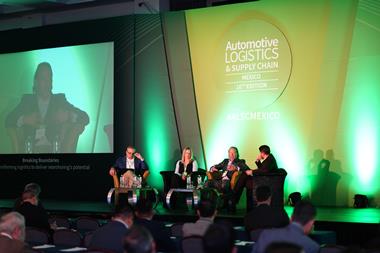
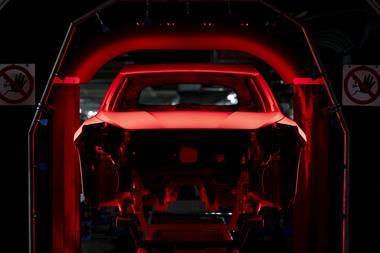
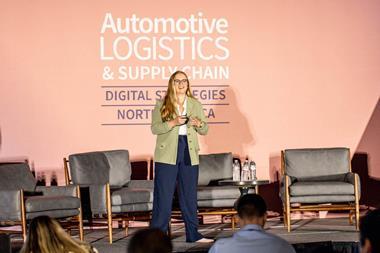


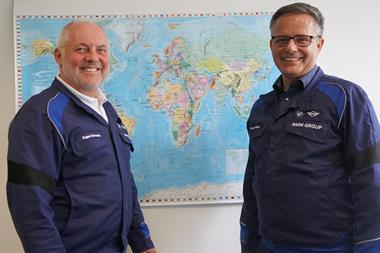



No comments yet